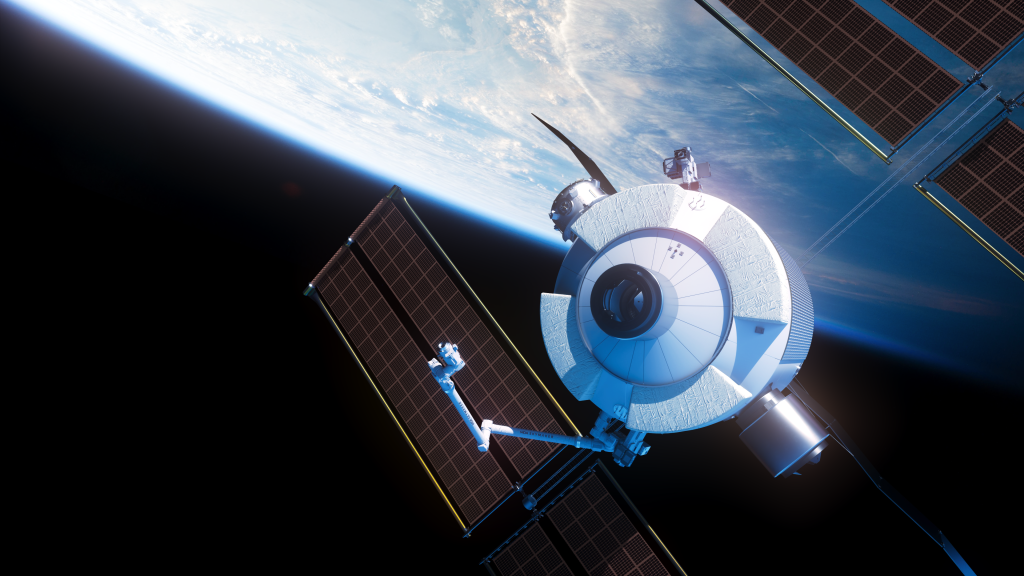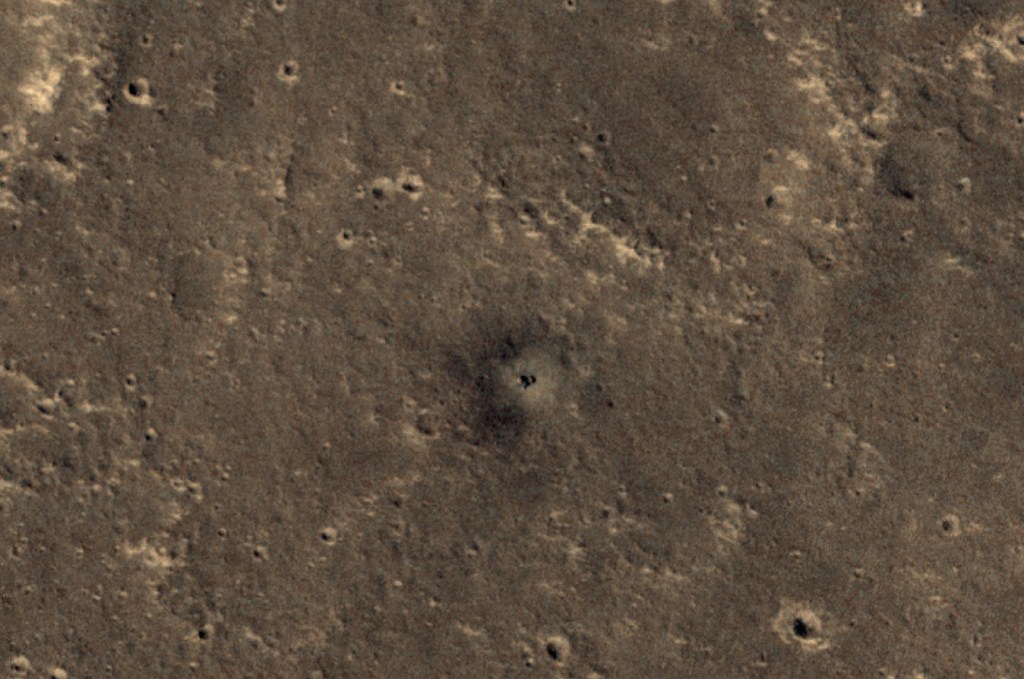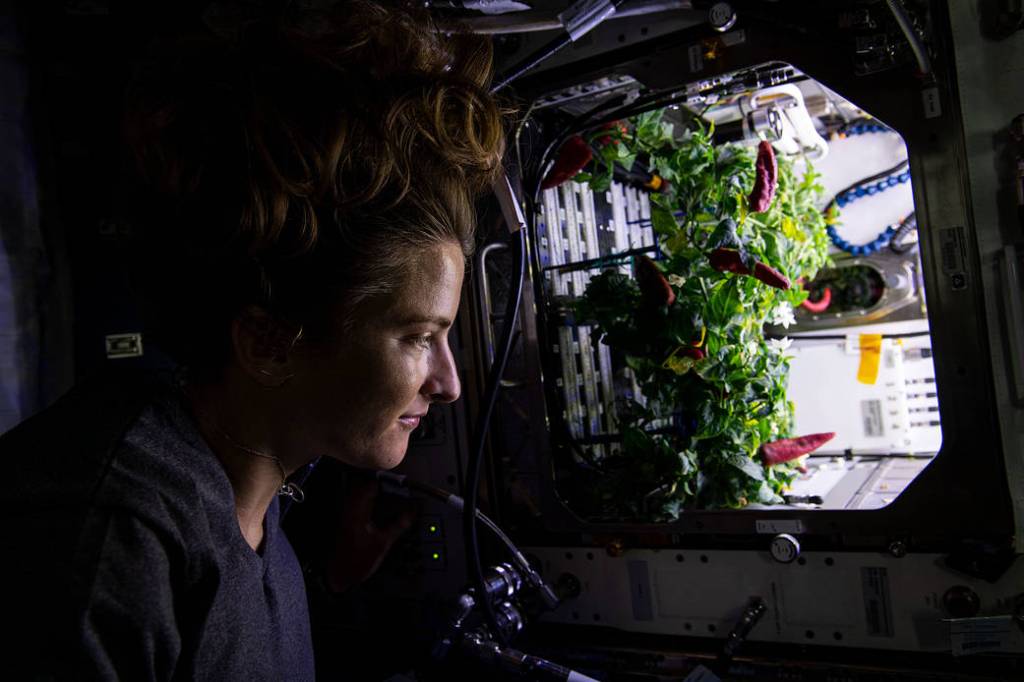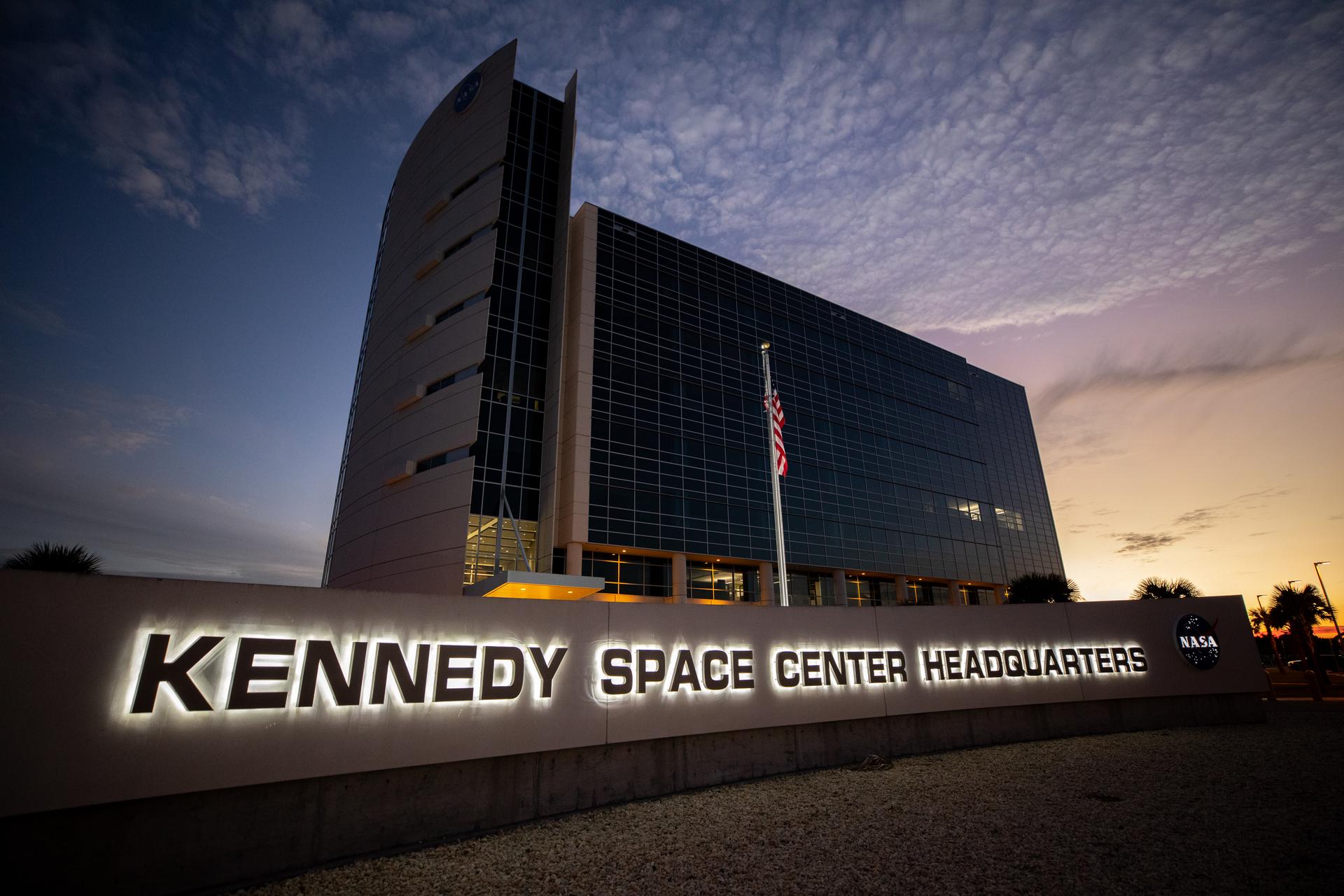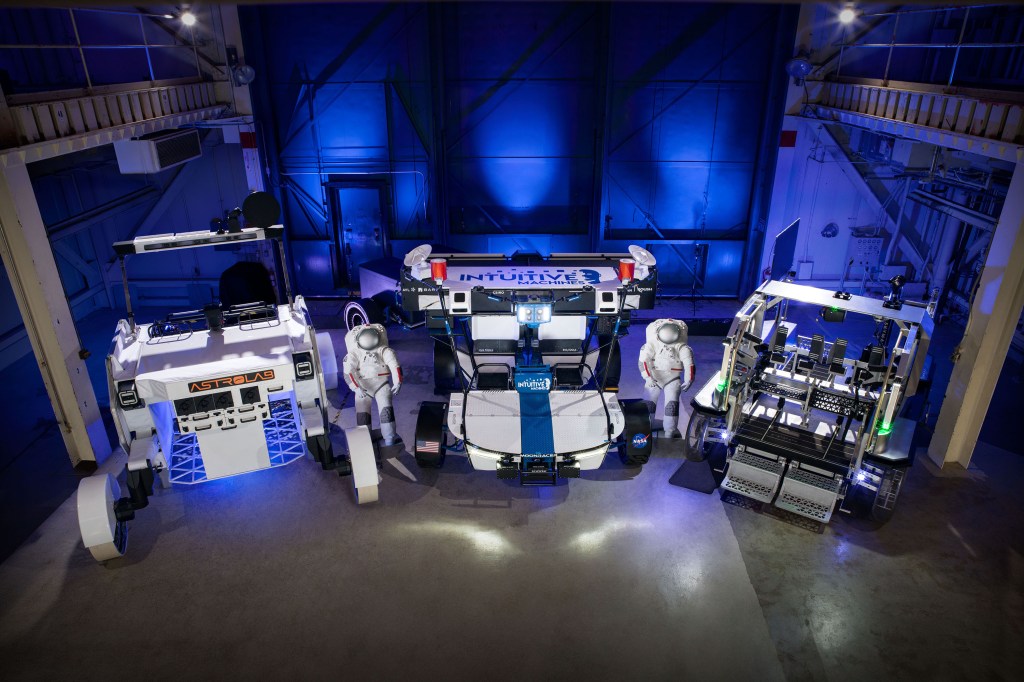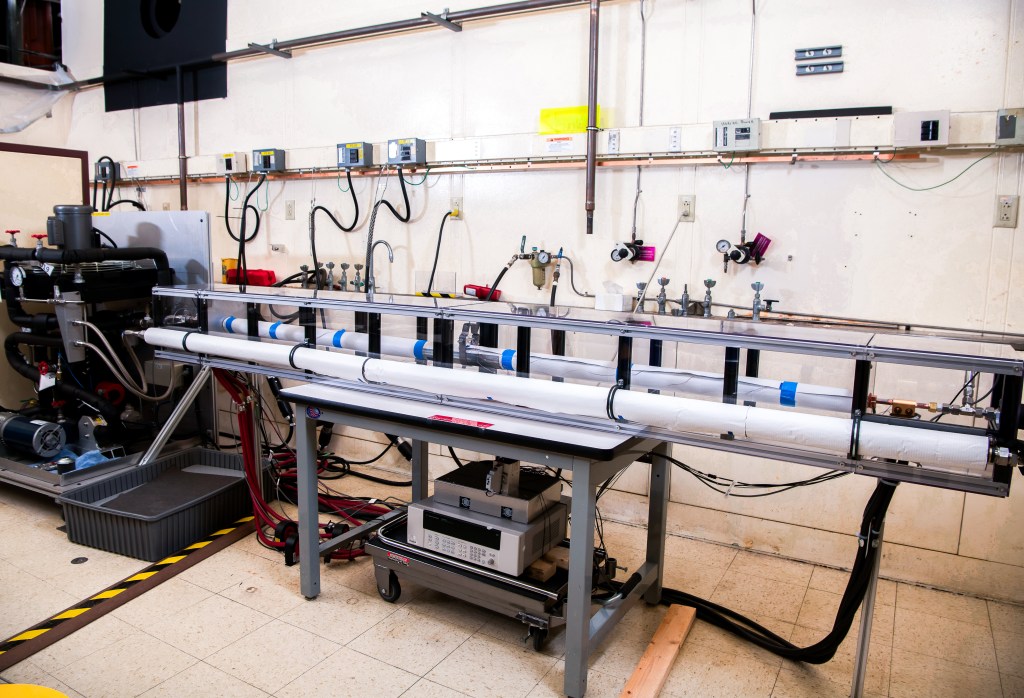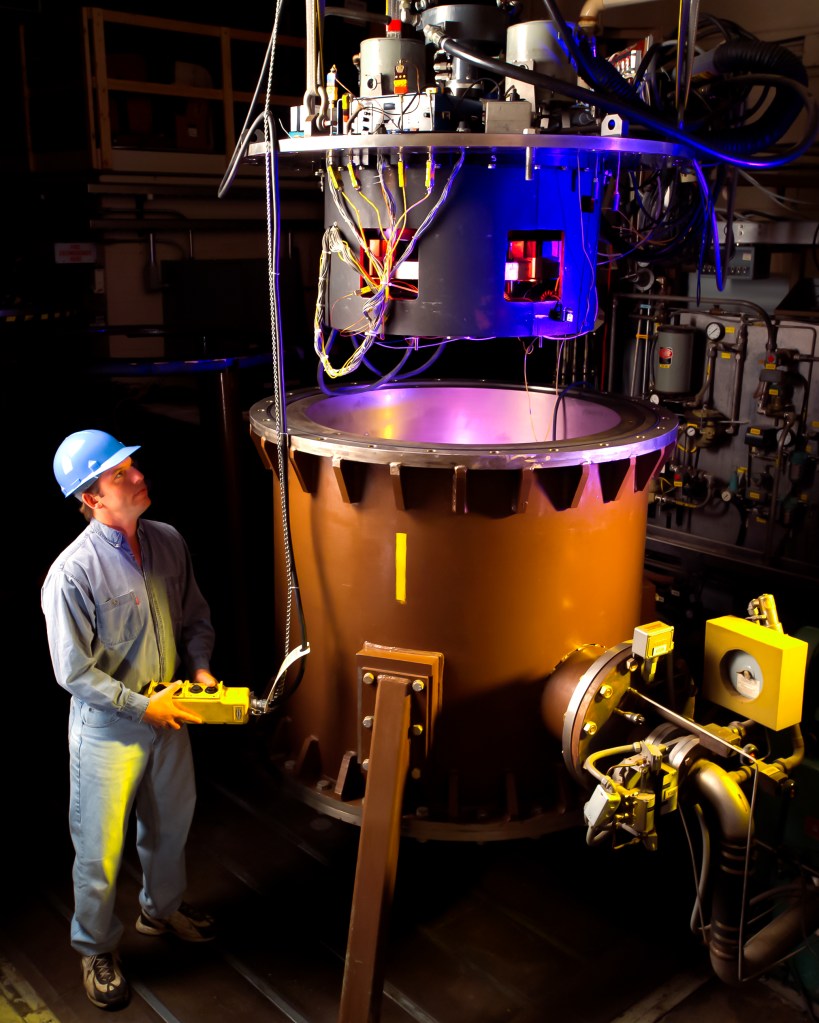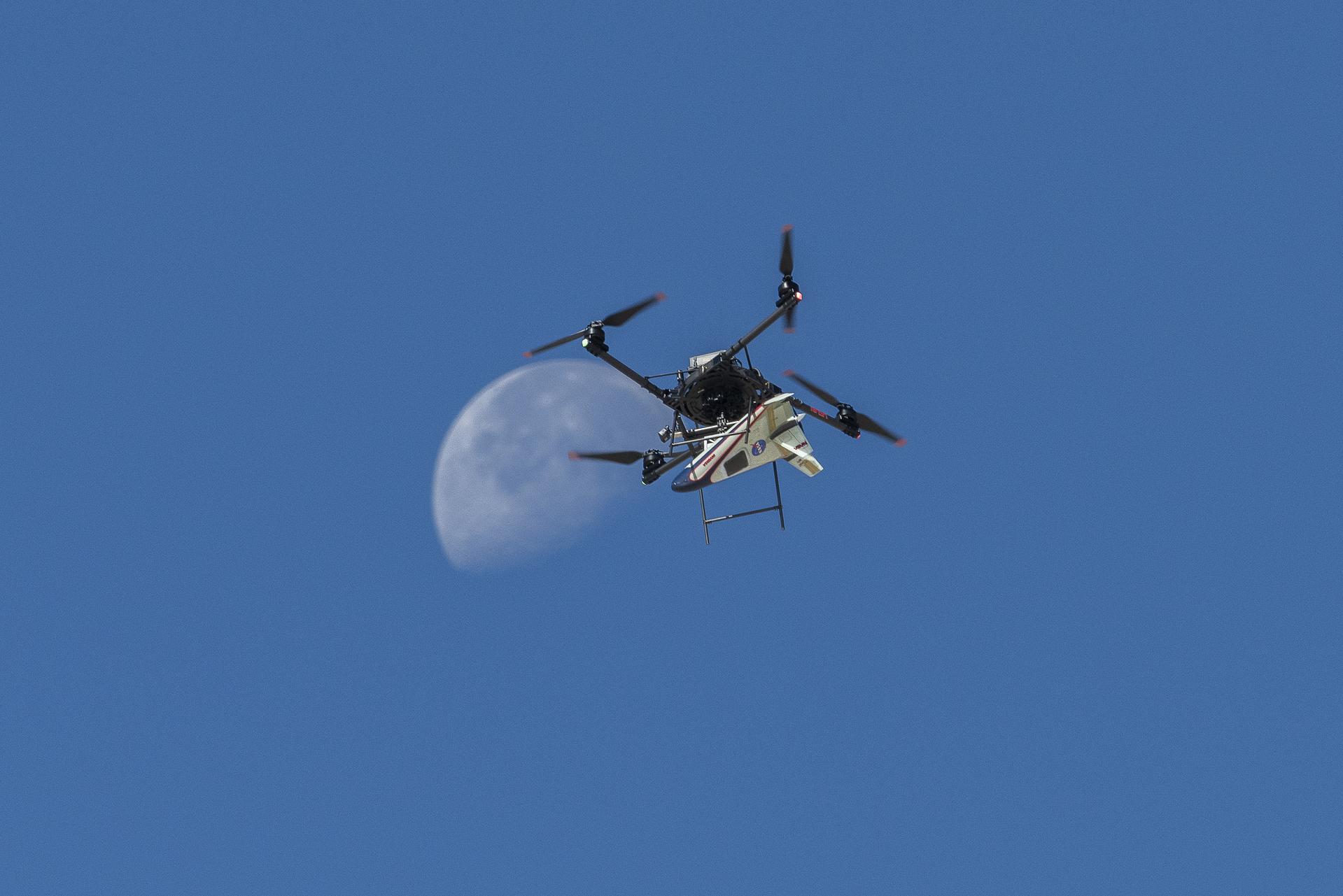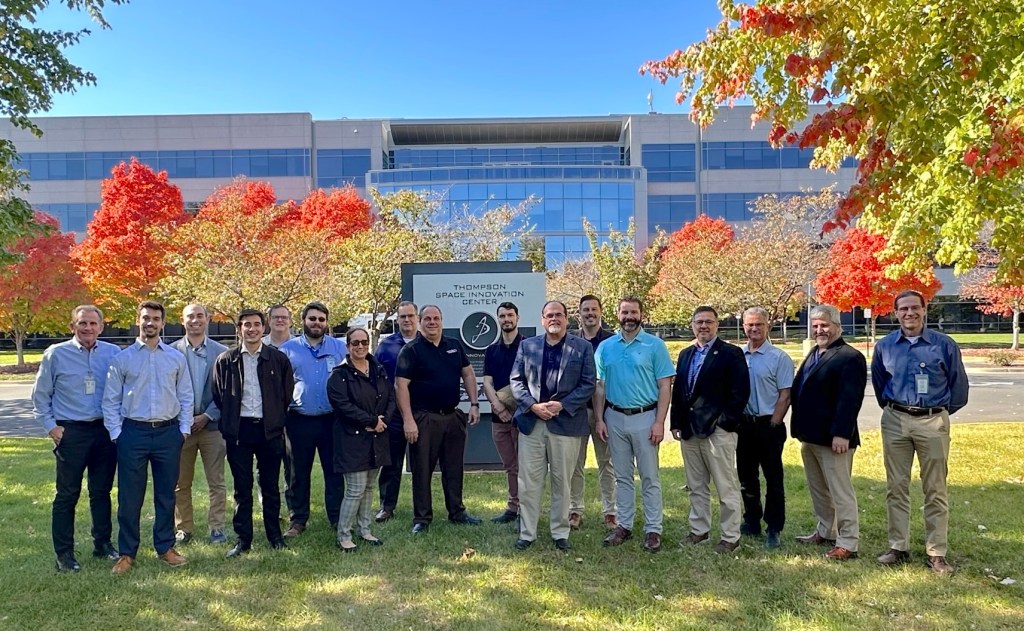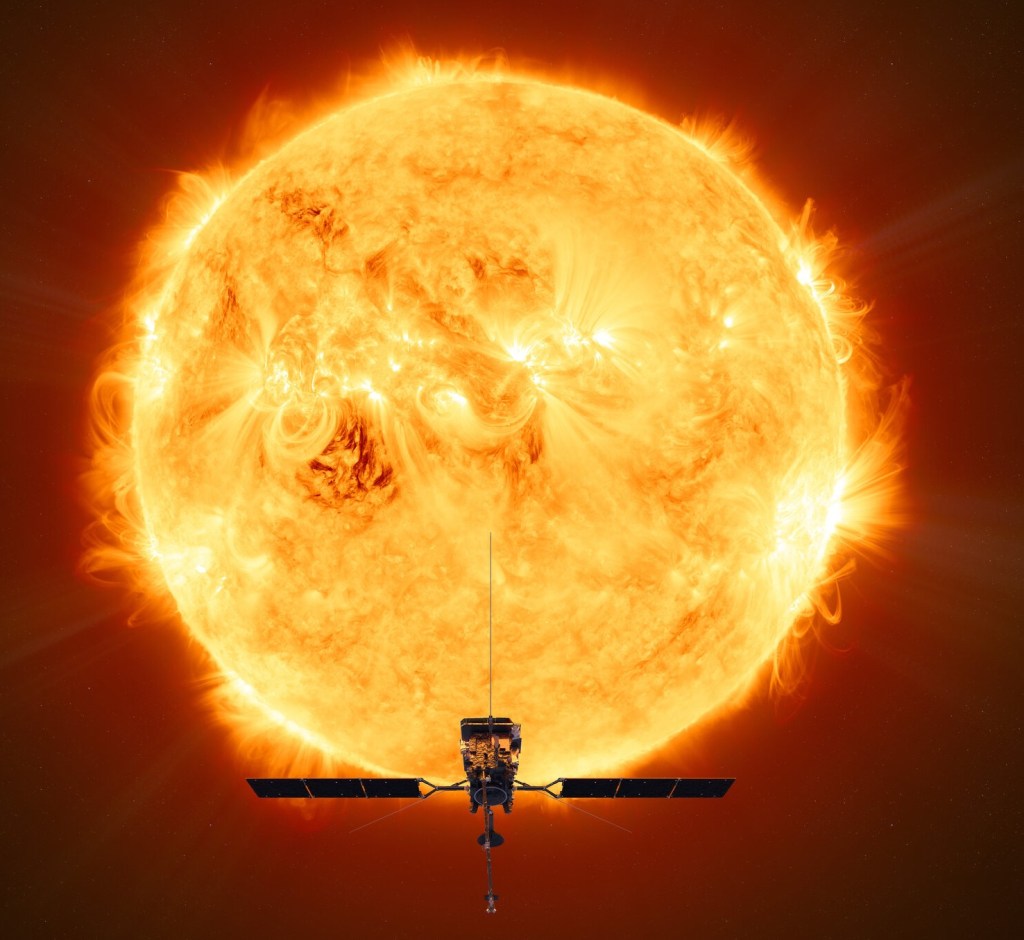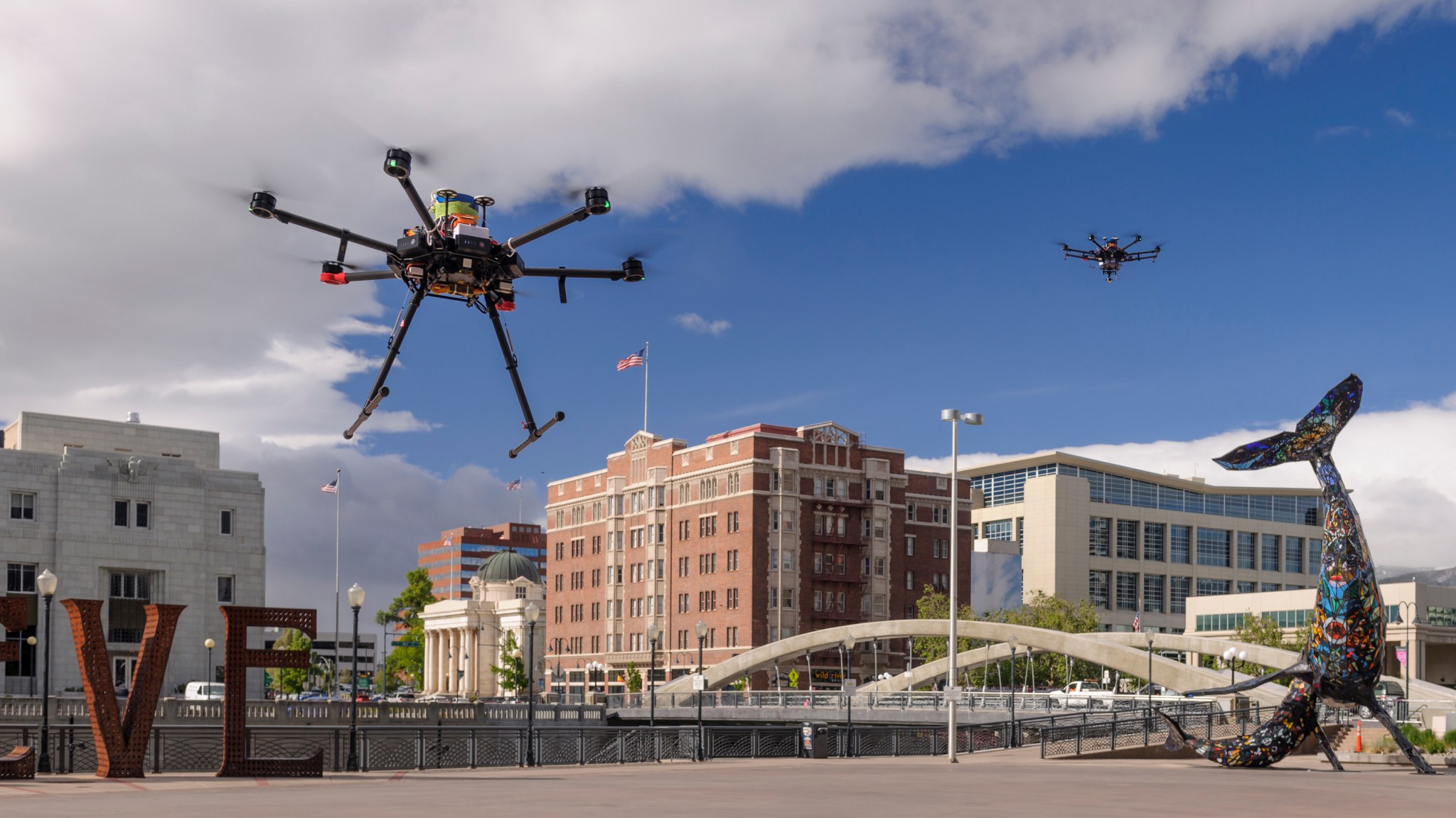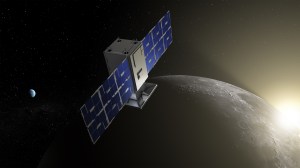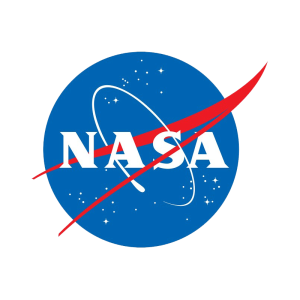NASA and industry partners really got to know the streets of Reno, Nevada during the past few weeks.
During June and July, Reno residents and workers saw small unmanned aerial vehicles, known as “drones,” flying either alone or in pairs between city buildings, and taking off or landing from blocked-off city streets and parking lots. The drones were also flown “beyond visual-line-of-sight,” meaning the pilots controlling the drones from the ground could not see their vehicles during much of the flight.
NASA, with coordination from the Nevada Institute for Autonomous Systems (NIAS), and with vehicle/pilot participation from industry partners, tested technologies that could be part of a traffic management system for drones, especially in busy urban environments. The flight campaign, called “Technical Capability Level 4,” was the fourth in a series of demonstrations since 2015, which started with drones in a very rural environment and then built in complexity to these most recent urban tests.
High on the testing list for downtown Reno were the abilities of drones to sense and avoid each other as they flew in the more tricky urban wind patterns, and their abilities to maintain communications with their ground pilots and with each other as signals encountered interference from buildings that might block signals.
Now that Reno is complete, NASA moves on to Corpus Christi, Texas, where the final TCL4 campaign will take place in August.
Results from all TCL4 flight tests are expected to be transferred by NASA next year to the Federal Aviation Administration for further evaluation and testing.


